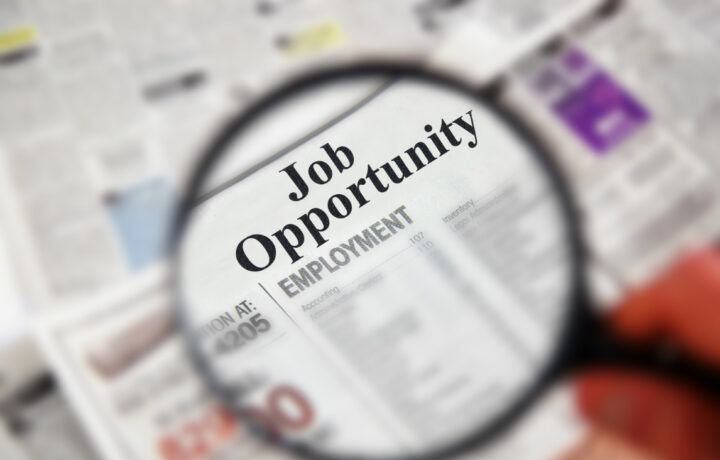Last summer, General Dynamics Electric Boat announced it would hire an additional 2,500 workers, with the year totaling 4,100 new hires. That came after the company sought to fill around 5,000 positions in 2023, with most in its Groton, CT facility. The openings were for pipefitters, welders, carpenters, electricians, and other skilled workers.
Though the rate of hiring is starting to slow, earlier this month, the Connecticut-based submarine builder is still very much engaged in what the company’s former president, Kevin M. Graney, described last year as being a “once-in-a-generation expansion.” For 2025, the company still seeks to fill 3,050 openings.
“Despite a flatter trajectory, the future continues to be bright in Connecticut,” current president Mark Rayha told reporters last week.
The slowdown in hiring is due to issues with the supply chain, but Rayha said locals can expect “a significant year of hiring” and added it could expand even more once the work is ready.
In the past three years, the new hiring levels have reportedly exceeded those of WWII, while 65% of the new employees are from the Nutmeg State.
Replacement Cycle
It is unclear how many of the new hires may be replacing those leaving the company, including retirees who have reached the end of their careers. Electric Boat currently employs around 24,000 individuals at its shipyards in Quonset Point, RI, and Groton, CT., along with other locations in the region, including its New London offices.
“The rate of hiring in Groton, in terms of the operations workforce, will match the flow of our supply chain and align with the pace of modules,” added Rayha, referencing the components for manufacturing partner Newport News Shipbuilding.
Electric Boat is currently building two Virginia-class fast attack submarines (SSNs) while it is on track to begin work on the lead boat of the Columbia-class ballistic missile submarine (SSBN) program. The latter will replace the U.S. Navy’s aging Ohio-class SSBNs that serve as one leg of America’s nuclear triad.
Of its expected $24 billion in contracts from the U.S. Department of Defense (DoD), around $9.1 billion has been earmarked for the Virginia class, while $9.7 billion will fund the Columbia class. An additional $5 billion will fund the submarine industrial base.
Building a Supply Chain of Talent
According to a recent report from The Norwich Bulletin of the new hires for 2025, Electric Boat has set a goal that at least of the incoming workforce are recent high school graduates. To further help create a supply chain of talent, the company has looked to attract younger workers – and that has included introducing school-aged children and teens to future careers in manufacturing via “age-appropriate instruction and activities.”
This is essentially future-proofing the workforce of tomorrow.
“The young people that we hire in 2033, some of them are currently in the fifth grade,” said Rayha.
“I applaud Electric Boat for setting an ambitious goal of hiring 3,000 new workers in 2025, following record-breaking hiring numbers in 2023 and 2024. With today’s announcement, by the end of this year, the company is projected to hire an impressive 12,000 employees over three years, fueling southeastern Connecticut’s sustained economic growth,” said Rep Joe Courtney, who represents Connecticut’s 2nd District in a statement from earlier this month.
Courtney, who is the ranking member of the House Seapower and Projection Forces Subcommittee, further said that Electric Boat’s “aggressive push” reflects the U.S. Navy’s demand signal for a larger submarine fleet that lawmakers have also said is necessary to maintain the country’s position as the most capable navy in the world. He described his state’s shipbuilders as “second to none” and said he is committed to ensuring they have the resources to carry out their “patriotic” work.
“Boosting submarine supply chain companies upstream is critical to meeting that goal and speeding up the construction tempo at the shipyards,” Courtney added. “In Washington, I have led the charge to do just that with my colleagues on the Seapower Subcommittee by delivering over $10 billion into the submarine industrial base since FY2018, with another $3.2 billion slated this year followed by $3 billion from Australia under the AUKUS agreement. These investments go directly towards helping attract and train workers at shipyards and suppliers, provide suppliers with upgraded equipment to increase their capacity, expand shipyard infrastructure, and introduce 21st century technology to the submarine manufacturing process.”




